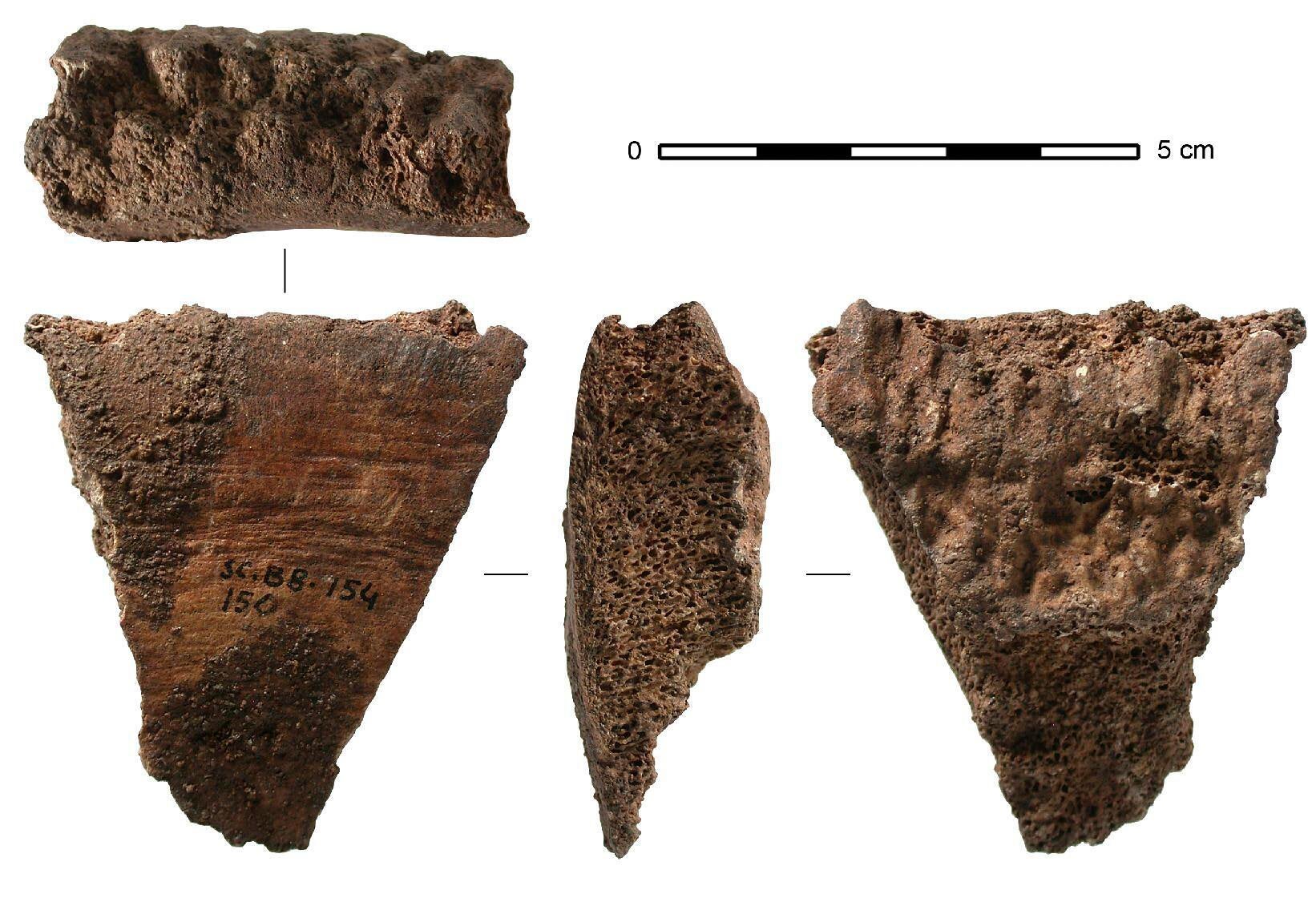Scientists have discovered the oldest evidence of humans crafting tools from whale bones, dating back roughly 20,000 years.
The bones, shaped into narrow projectiles for hunting, were found during excavations in the Bay of Biscay, near Spain and France, over a century ago. While researchers suspected the tools were ancient, their fragmented condition made accurate dating difficult.
Recent technological advancements have now enabled scientists to determine the age of the oldest tools. Analysis revealed that the bones originated from various whale species, including blue whales, fin whales, and sperm whales.
“Humans and whales have clearly been encountering one another for a long time,” said Vicki Szabo with Western Carolina University, who studies the history of whaling and was not involved with the latest research.

Scientists think that ancient humans were crafting whale bone instruments in places including the Arctic and South Pacific. There’s been solid evidence of whale bone tools dating back to about 5,000 years ago, but the new research published Tuesday in the journal Nature Communications pushes the timeline back.
Ancient humans weren’t necessarily hunting whales, said study author Jean-Marc Petillon with the French National Centre for Scientific Research. More likely, they were scavenging the bodies of beached whales and fashioning their dense, heavy bones into tools to hunt reindeer or bison.

The tools indicate that ancient people in the area took advantage of resources near the sea for survival. They likely also collected seashells and fished. Finding such evidence has been difficult as rising sea levels disrupt coastlines across the globe, scientists said.
“It’s one more contribution to the importance of coastal environments for human groups, even in this long past,” said Petillon.









